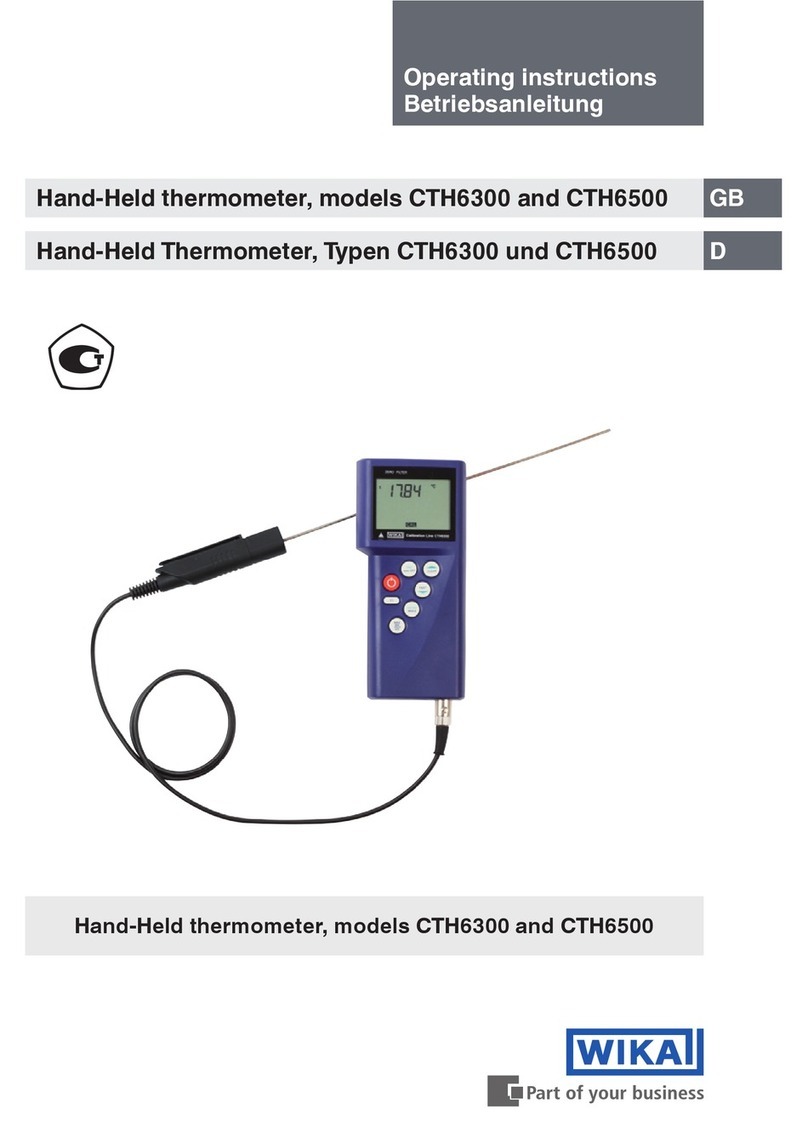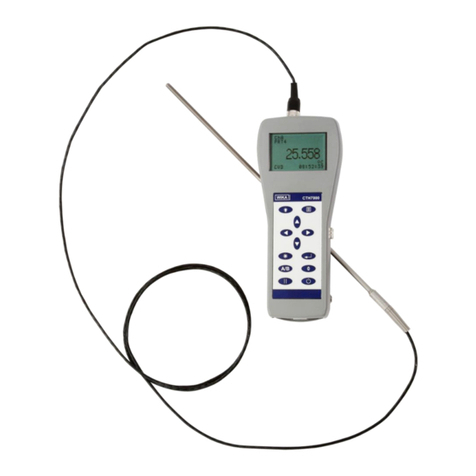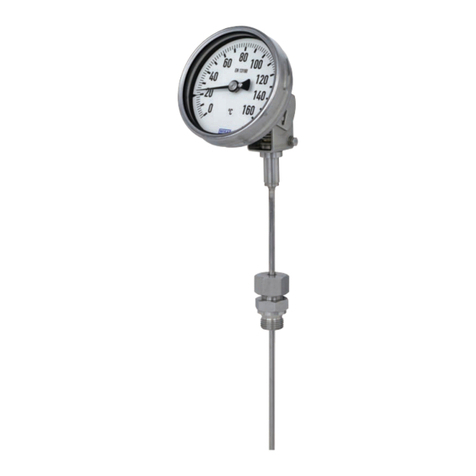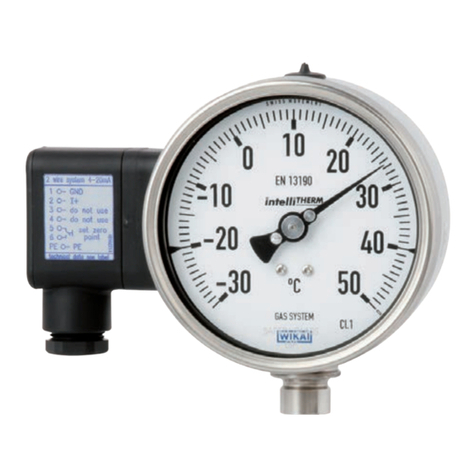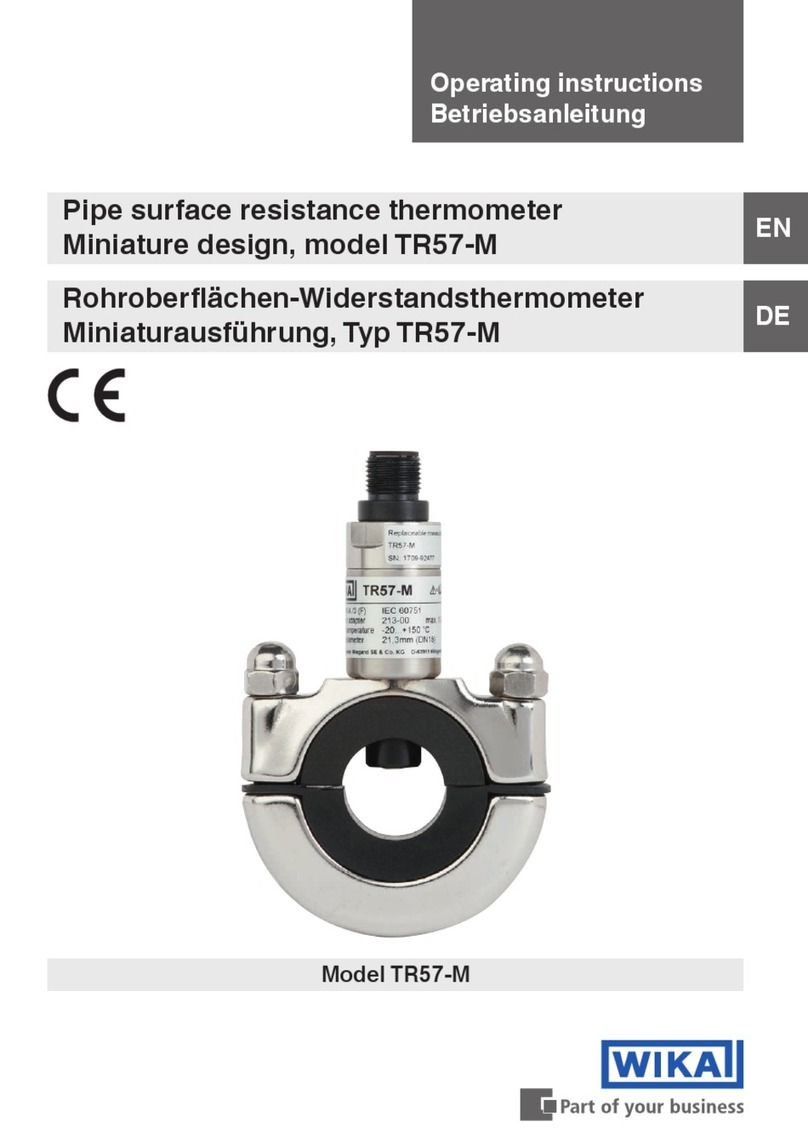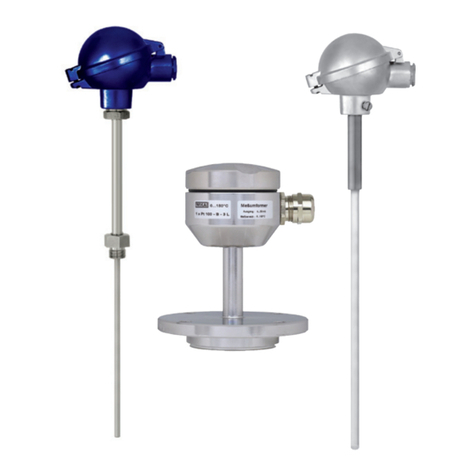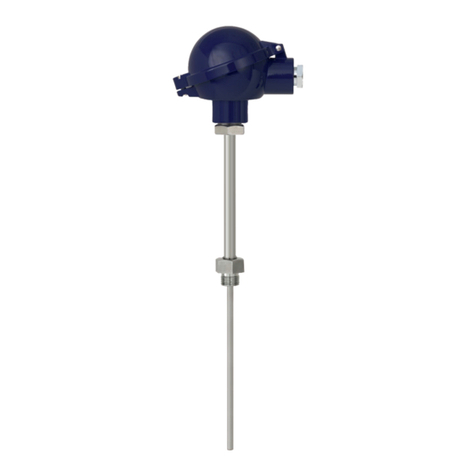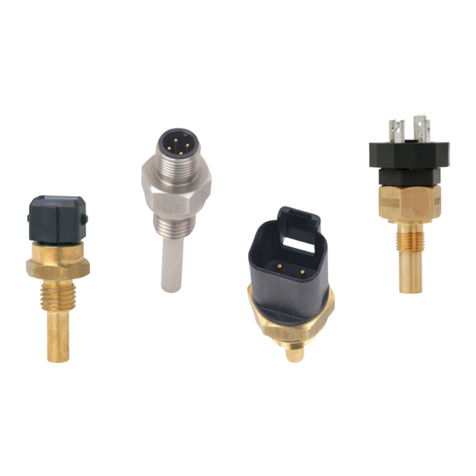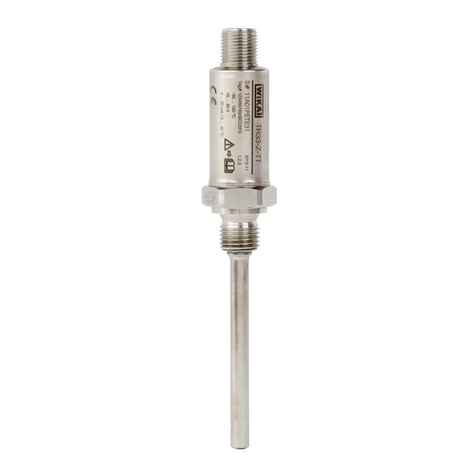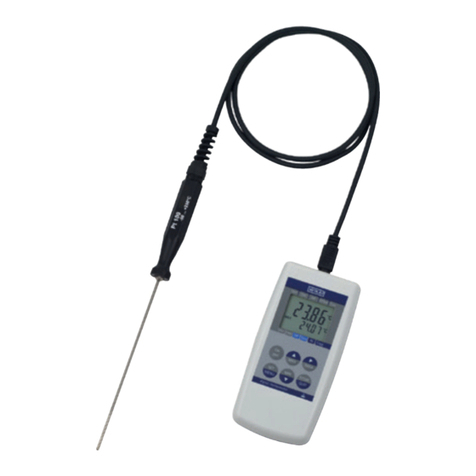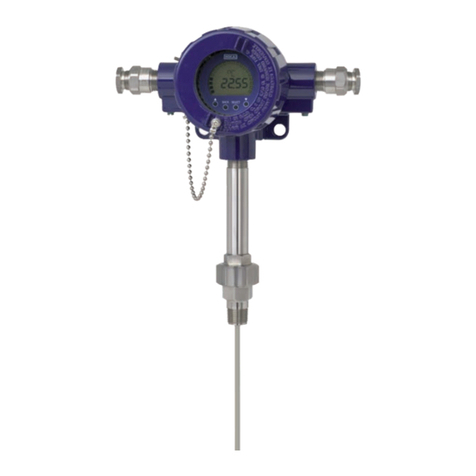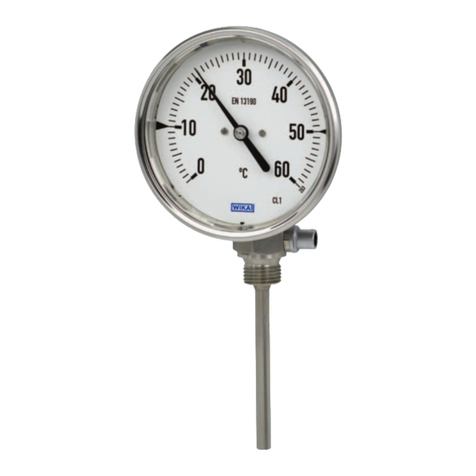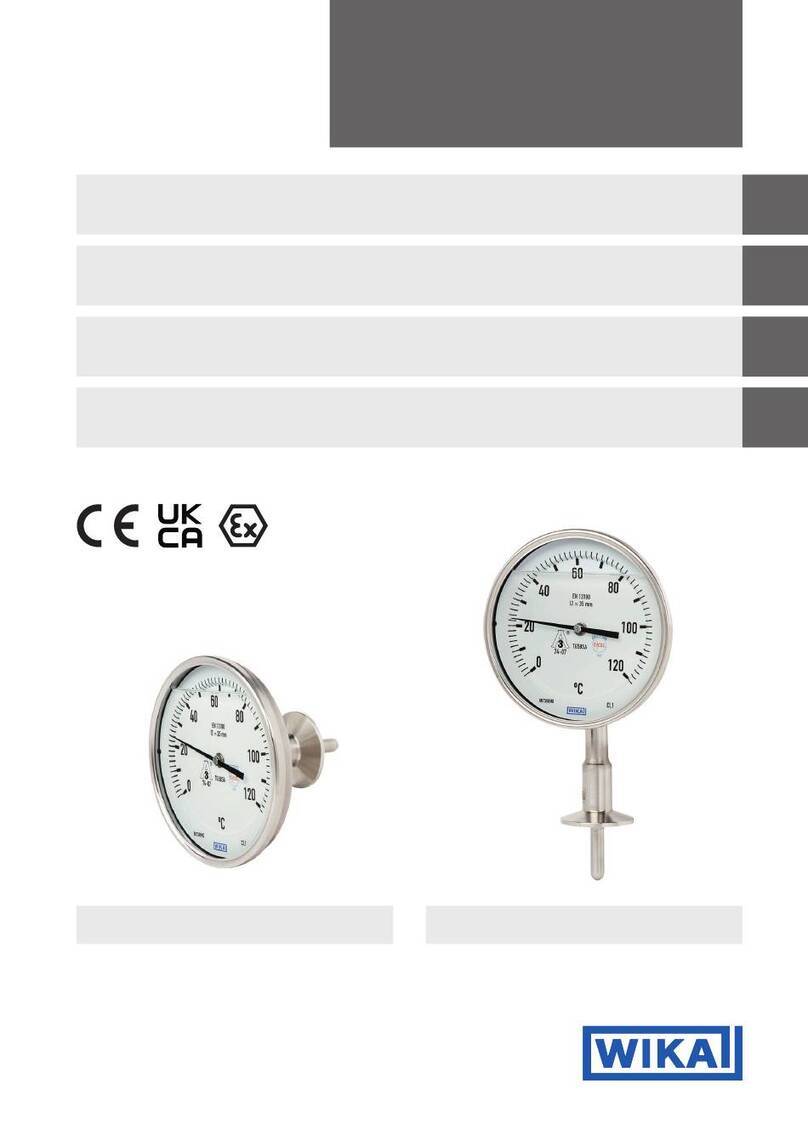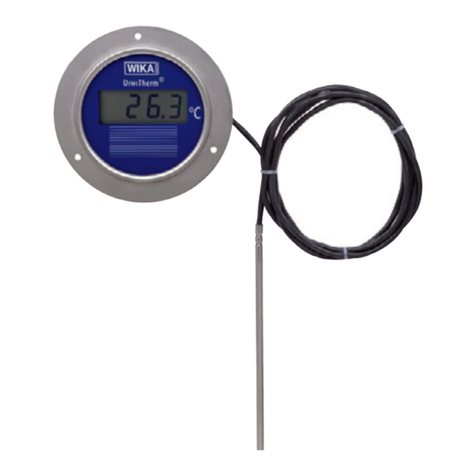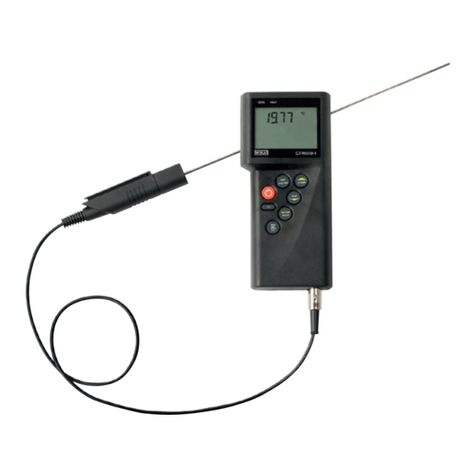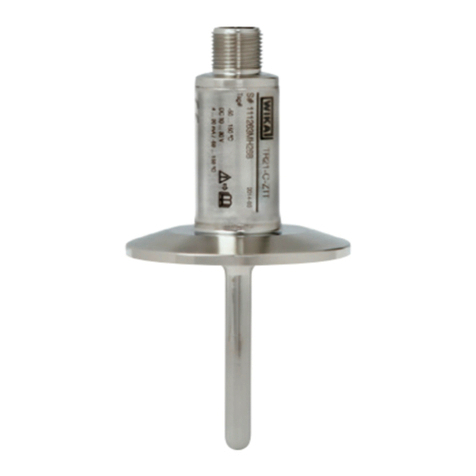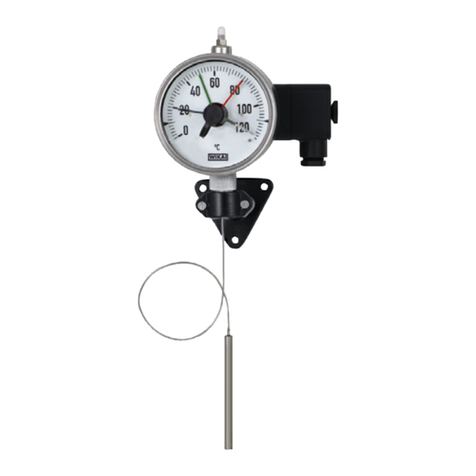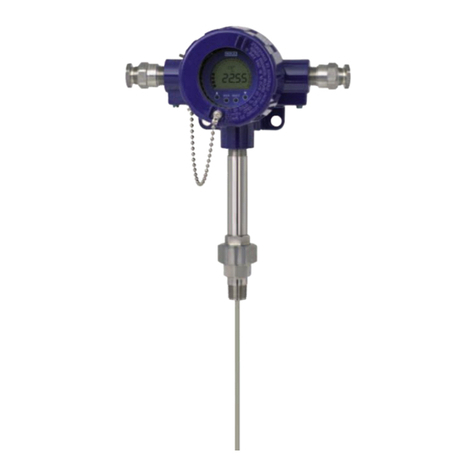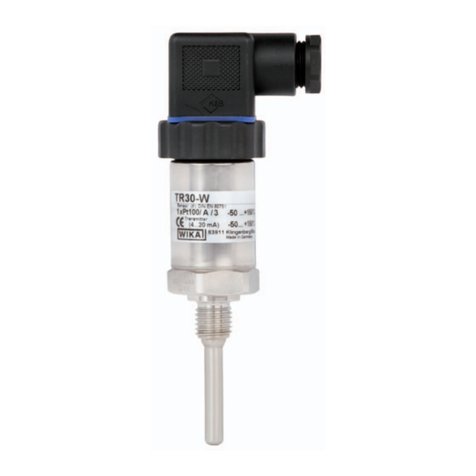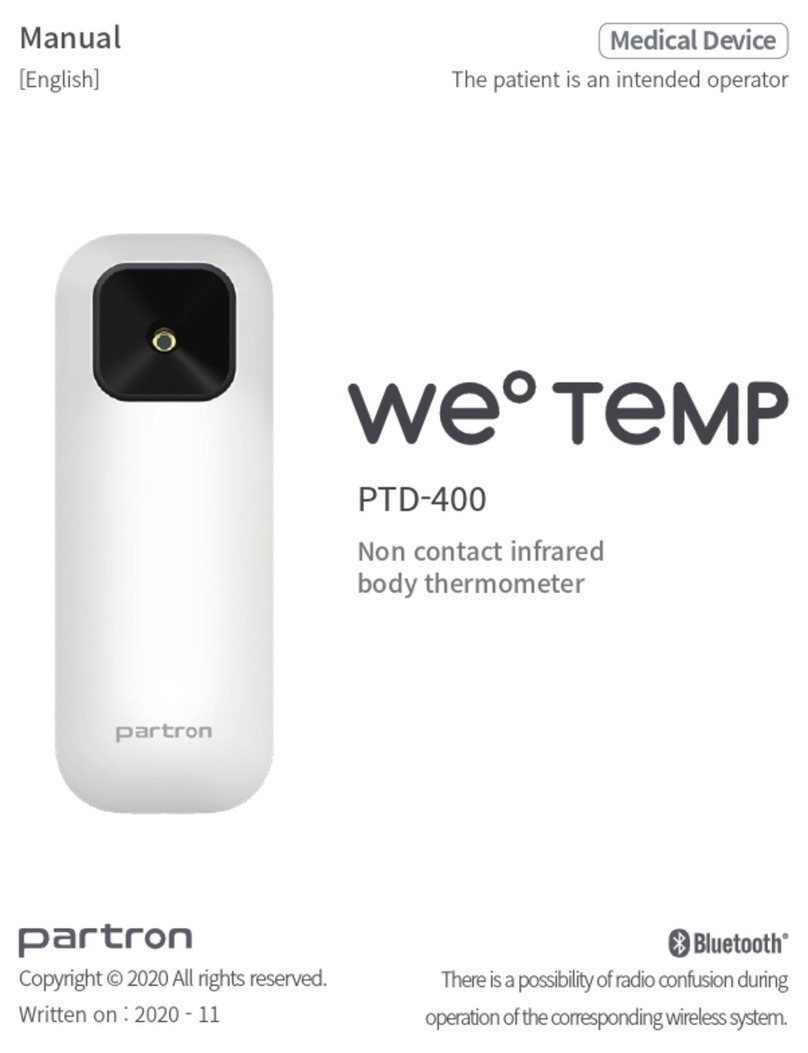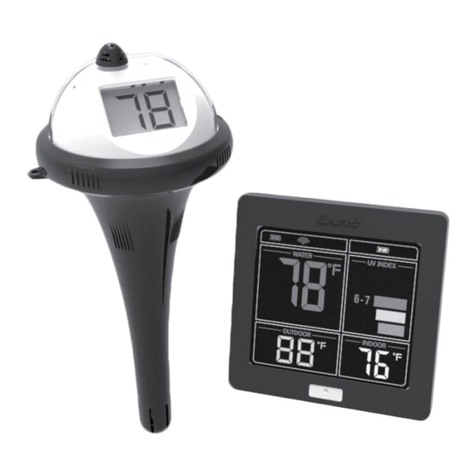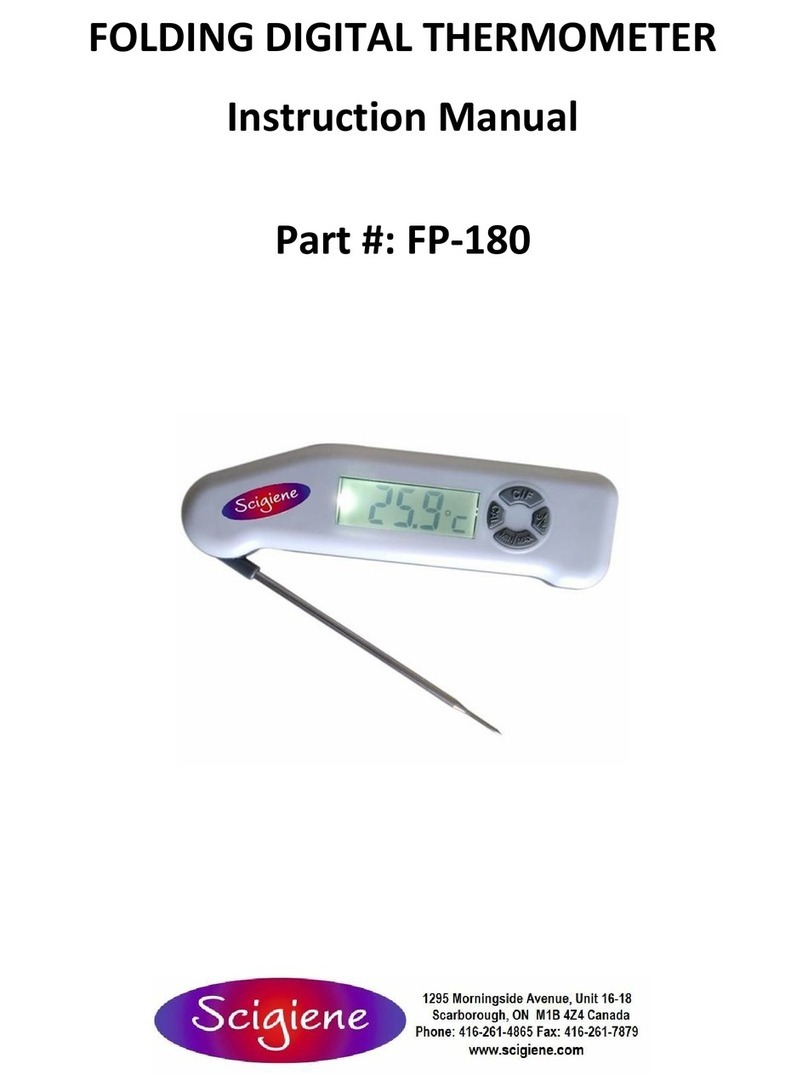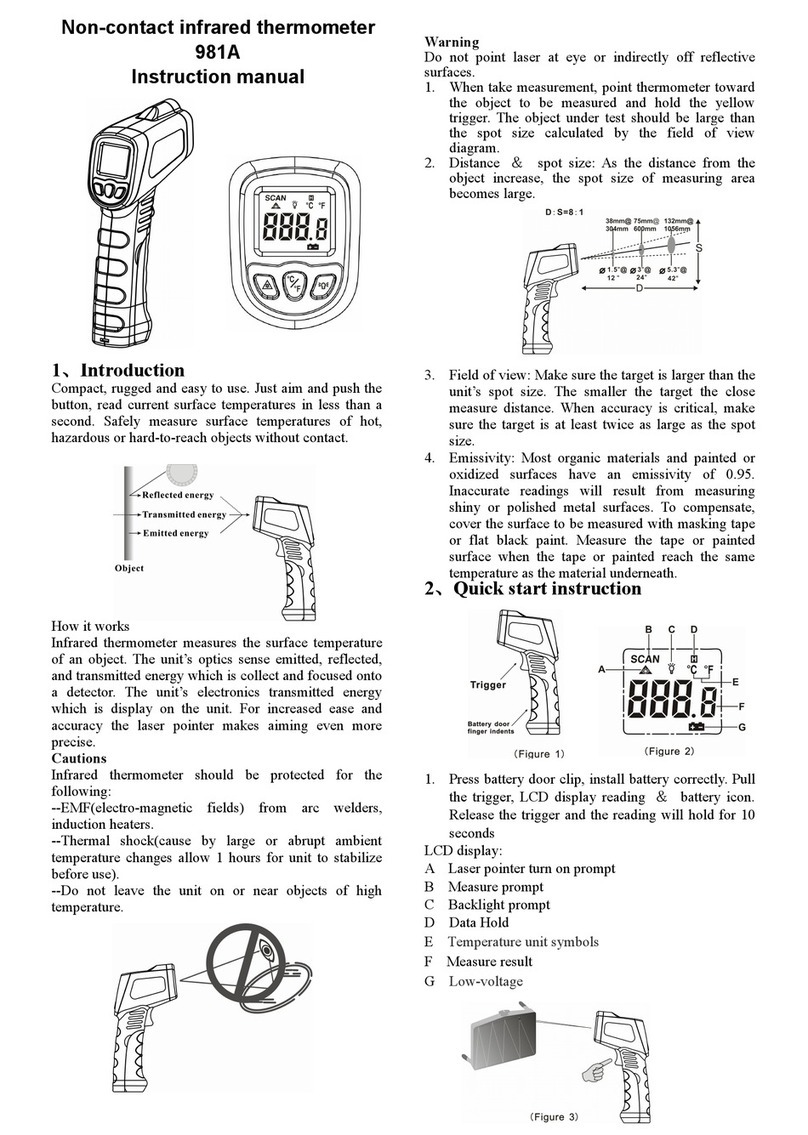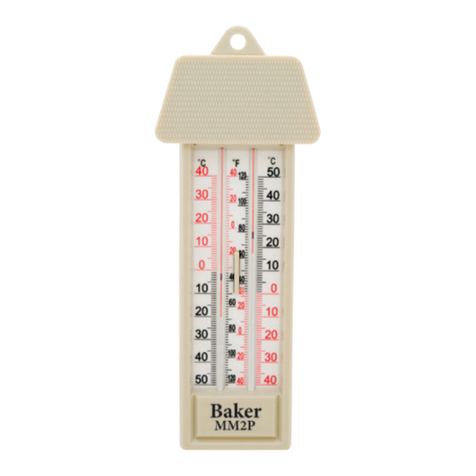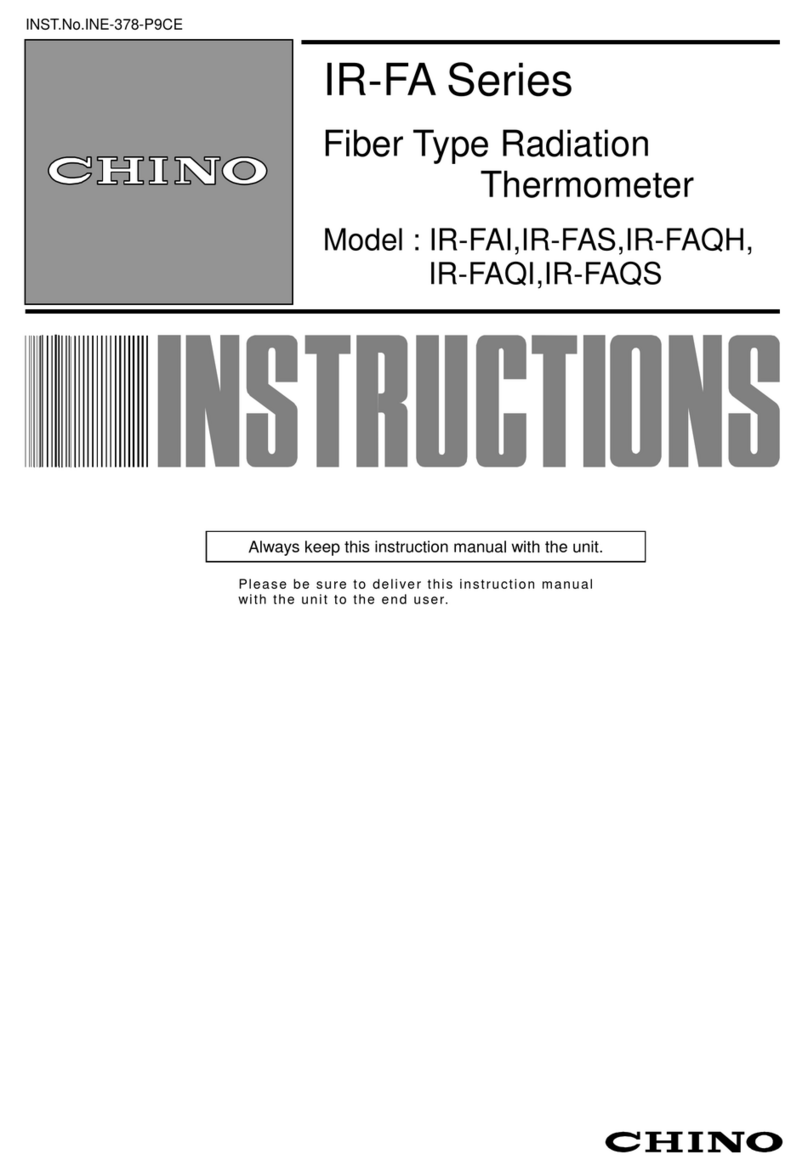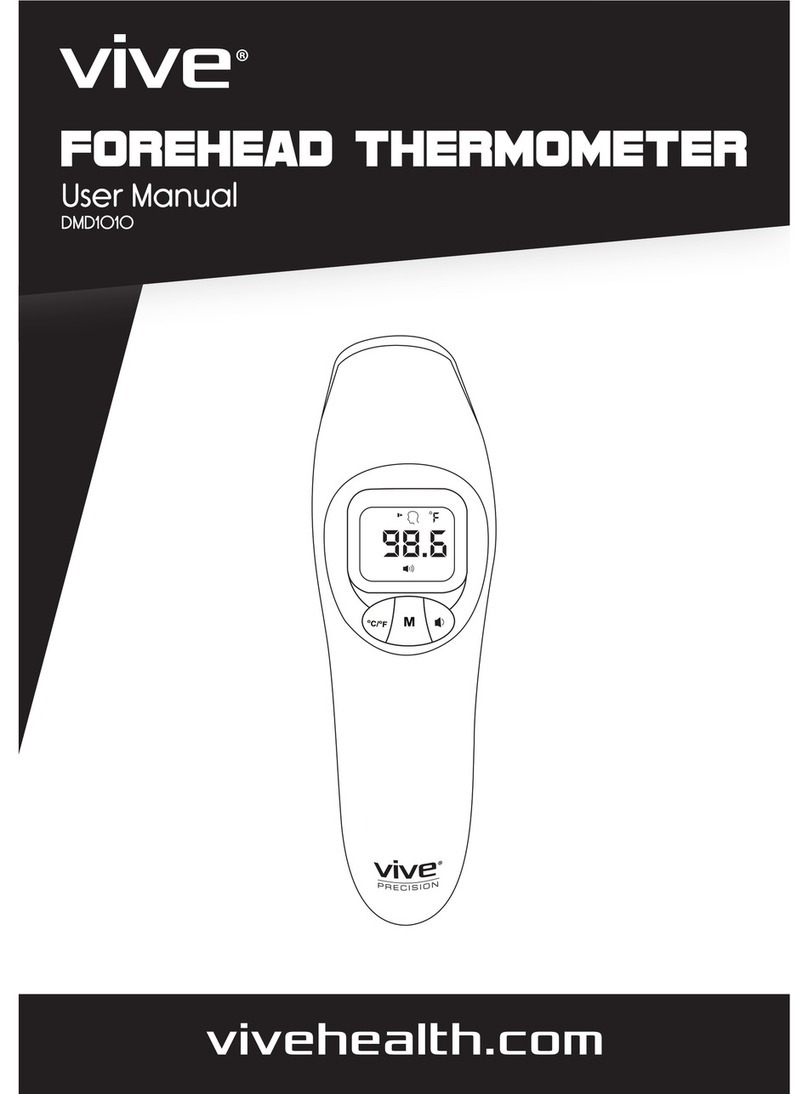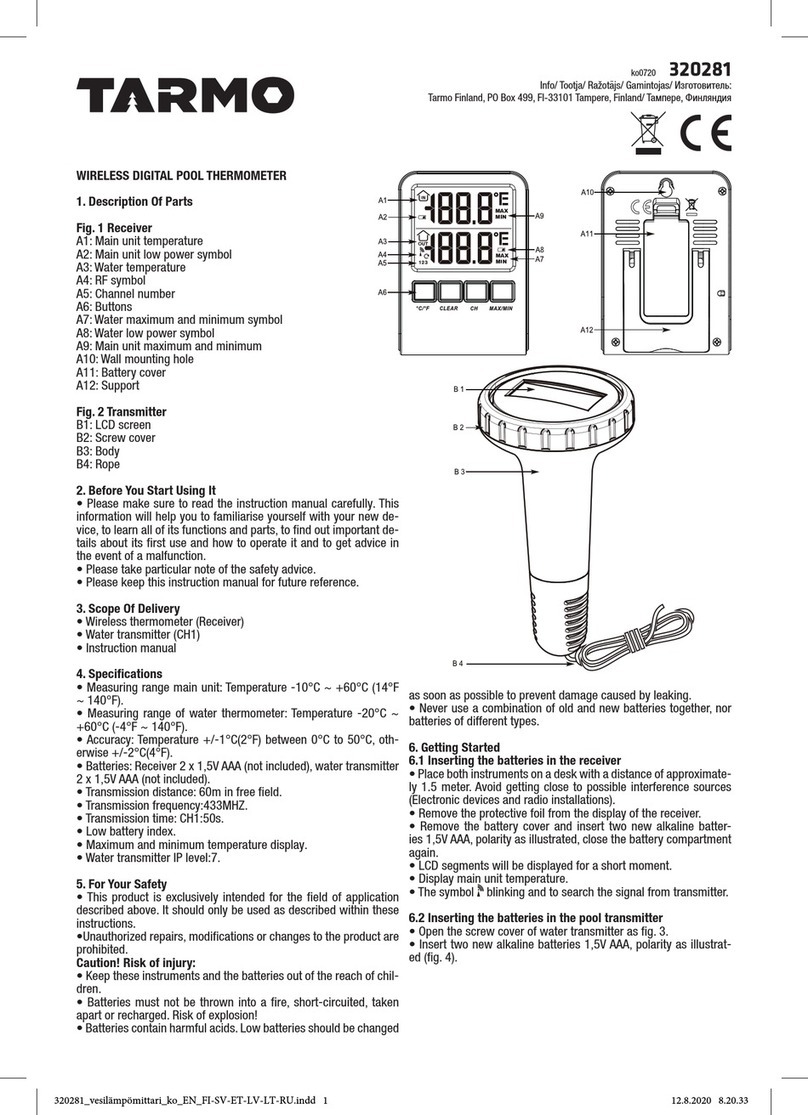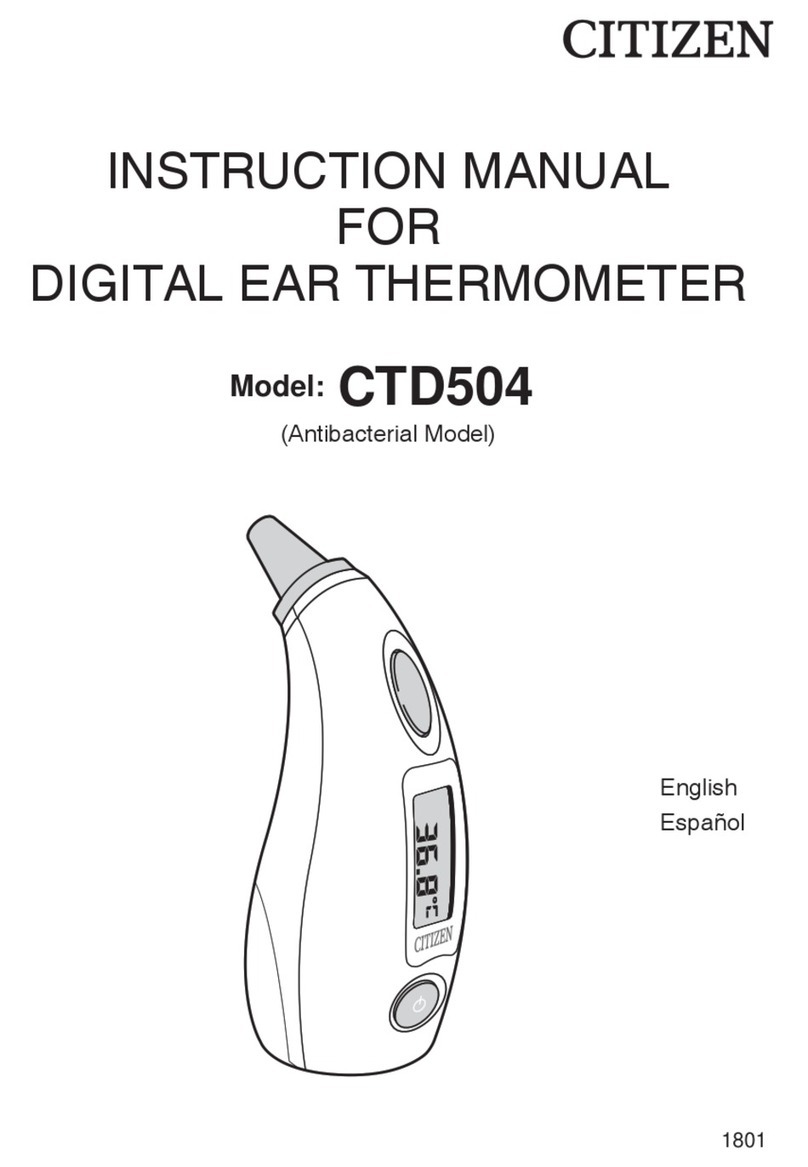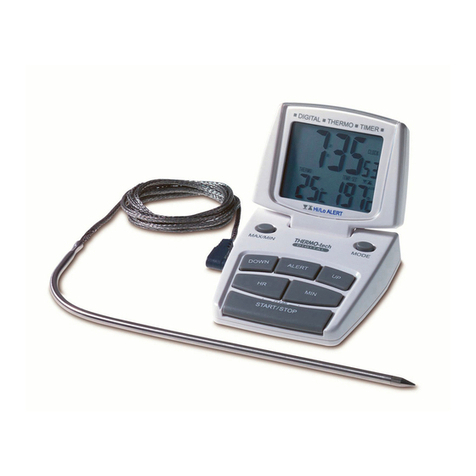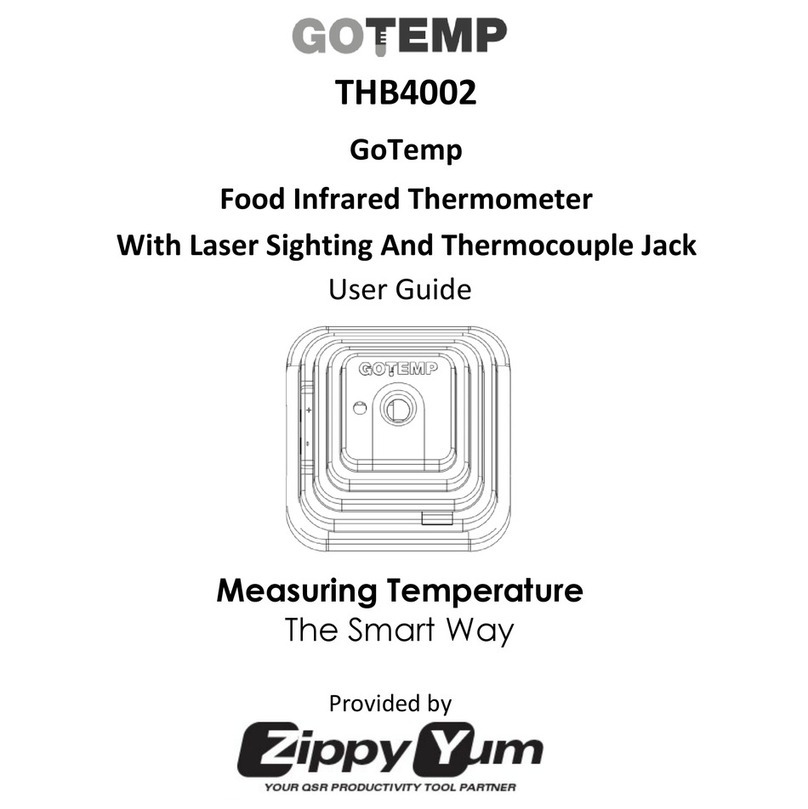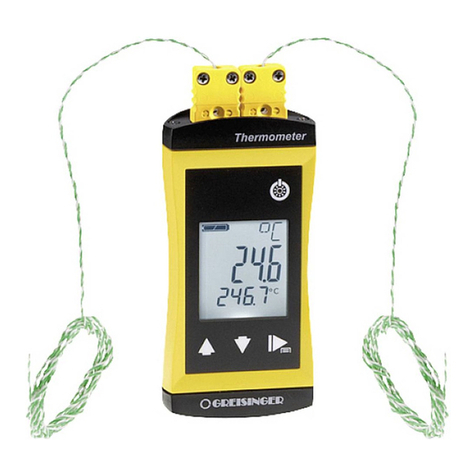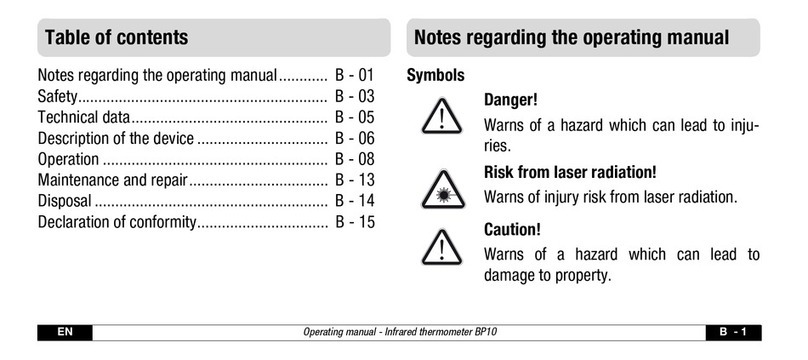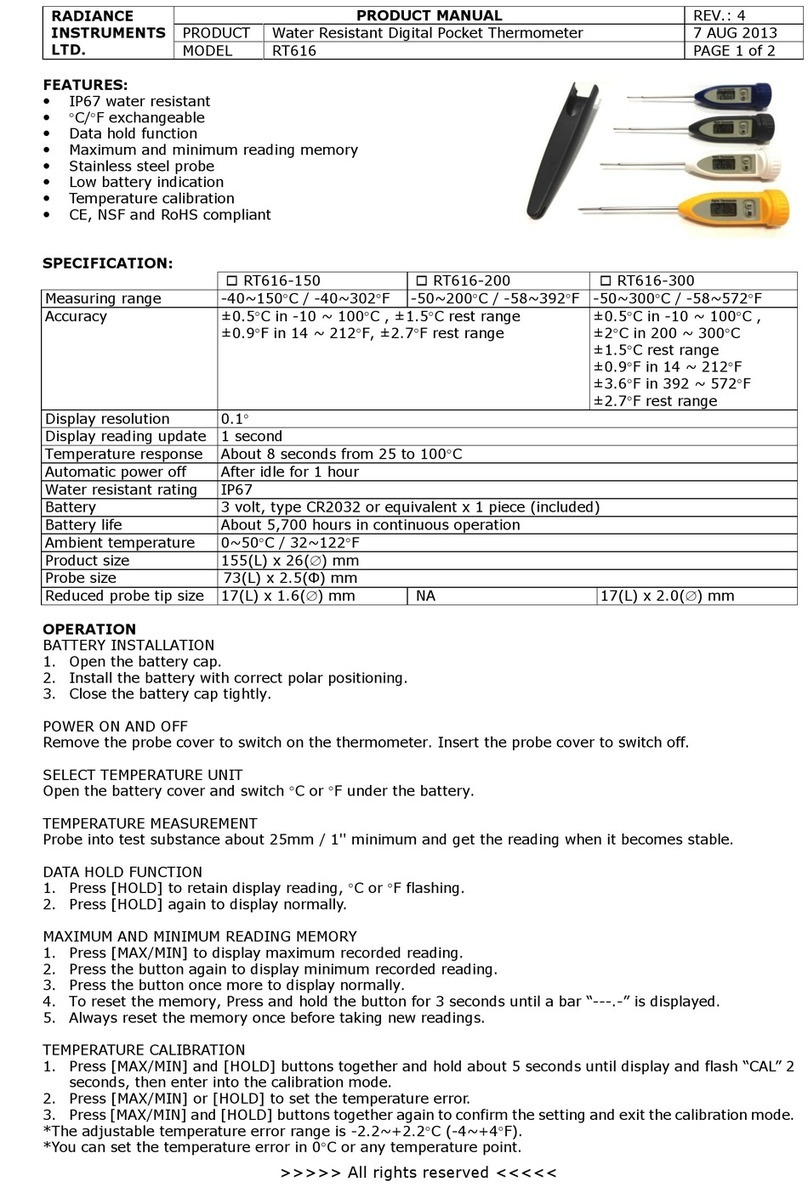
GB
1. General information
14064370.01 08/2013 GB/D
WIKA operating instructions models TR12, TC124
1. General information
The thermometers described in these operating instructions have been designed and
manufactured using state-of-the-art technology. All components are subject to stringent
quality and environmental criteria during production. Our management systems are
These operating instructions contain important information on handling the instrument.
Working safely requires that all safety instructions and work instructions are observed.
Observe the relevant local accident prevention regulations and general safety
regulations for the instrument's range of use.
The operating instructions are part of the product and must be kept in the immediate
vicinity of the instrument and readily accessible to skilled personnel at any time.
Skilled personnel must have carefully read and understood the operating instructions
prior to beginning any work.
The manufacturer's liability is void in the case of any damage caused by using the
product contrary to its intended use, non-compliance with these operating instructions,
the instrument.
The general terms and conditions contained in the sales documentation shall apply.
Further information:
- Internet address: www.wika.de / www.wika.com
- Relevant data sheet: TE 60.16 (TR12-A), TE 60.17 (TR12-B, TR12-M),
TE 65.16 (TC12-A), TE 65.17 (TC12-B, TC12-M)
- Application consultant:
Explanation of symbols
WARNING!
... indicates a potentially dangerous situation that can result in serious injury or
death, if not avoided.
CAUTION!
... indicates a potentially dangerous situation that can result in light injuries or
damage to equipment or the environment, if not avoided.
